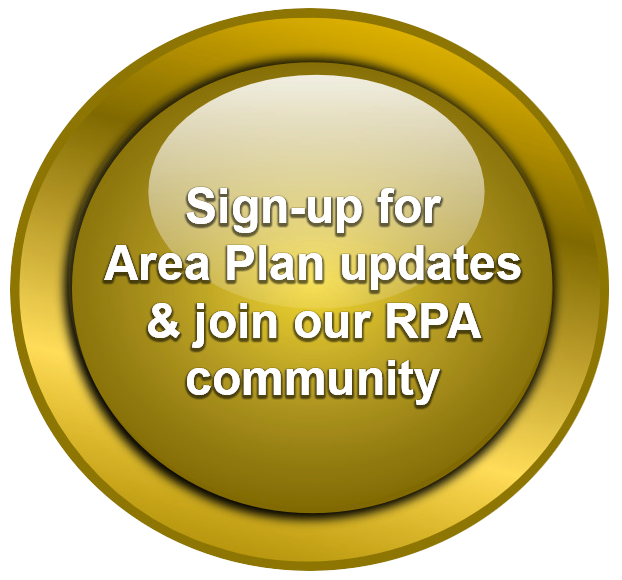As the population of Hamilton County grows it is important to have a plan for the changes that will occur. Planning for the efficient use of our limited resources is essential to creating a more resilient community. The neighborhoods, commercial centers, parks, and natural areas in our county should become even more livable, and reflect a healthy balance of development with conservation.
To that end, we create different types of plans for different geographies and purposes. Once completed, most plans are presented to the local legislative body for adoption. At that point, they become guiding documents that inform monthly zoning decisions, locations for private development, and priorities for public infrastructure expenditures. They help guide how, when, and where new growth, redevelopment and conservation should occur.
These plans and studies generally fall into the following 5 basic categories.
Click on a category below.
The Countywide Comprehensive Plan, along with the Regional Transportation Plan, sets the broader vision and policy for future development across all of Hamilton County. It establishes broad goals and identifies preferred levels of development intensity based on where sensitive natural resources (floodplains, steep slopes) are located, as well as the availability of infrastructure (streets, sewers) to support development. The Comprehensive Plan is adopted by the Planning Commission and the Hamilton County Commission as are any amendments.
The RPA has divided Hamilton County into 12 areas for more detailed planning purposes. These Area Plans provide guidance for new development, zoning changes, capital improvements, and conservation. Area Plans are adopted by the Planning Commission and the relevant legislative body. Each Area Plan also includes a Place Types map that establishes a vision for the various types and character of development recommended.
The RPA has divided Hamilton County into 12 areas for more detailed planning purposes. These Area Plans provide guidance for new development, zoning changes, capital improvements, and conservation. Area Plans are adopted by the Planning Commission and the relevant legislative body. Each Area Plan also includes a Place Types map that establishes a vision for the various types and character of development recommended.
More detailed plans can be created for locations that need additional focus, such as a redeveloping corridor that needs increased density to better support transit, or an airport district where opportunities for new catalytic economic development are identified. These Plans may or may not be officially adopted by the local government.
Studies focused on specific issues—sewer extensions, traffic analysis, transit, school location, housing, office, retail, industry—may be needed from time to time. Such studies help inform, or refine, the previous four types of plans, and may or may not be officially adopted by the local government. From time to time, the RPA may also produce policy or position papers on specific issues.
All plans and studies produced by the RPA also include significant community input. Because these Plans and Studies influence decisions over the long term, it is important for residents and business owners to be involved in their creation and implementation.
CLICK THE BUTTON ON THE UP RIGHT SIDE OF WEBPAGE TO SIGN UP FOR OUR EMAIL LIST, provide contact info and receive regular updates on the Area Plan(s) of your choice.
Click HERE for a list of all RPA Plans & Studies.


